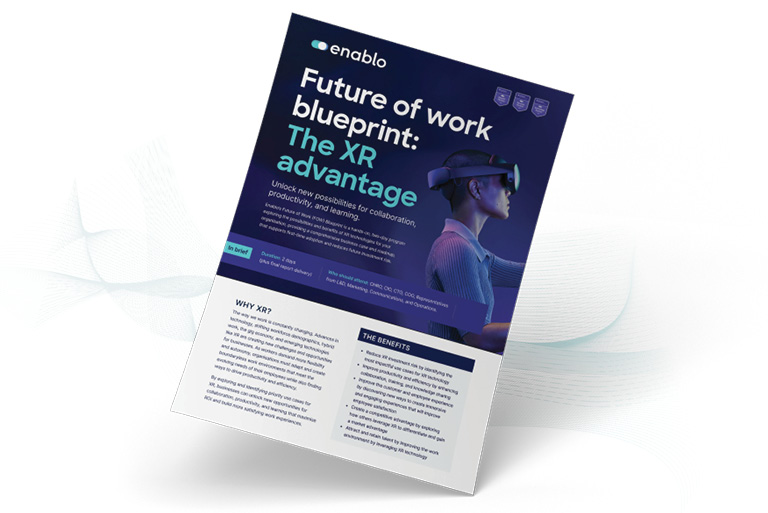VR, AR, MR, XR… What’s the Difference and Why all the Hype?
With the global market set to explode over the next decade, businesses need to start thinking about the future of work today, or risk being left behind.
Many leaders are skeptical about immersive technology’s role in the future of work, and rightly so. How can a Snapchat filter and gaming technology translate to work life? For a while, it seemed like XR was simply a B2C gimmick that only furniture companies used during the pandemic, but this has well and truly been debunked.
As we step into a new era of technology, organisations may feel hesitant about the changes ahead. Budget constraints and the constant state of digital transformation have been overwhelming. However, the rise of XR brings with it many exciting opportunities that are unlocking new, innovative ways to collaborate, connect and learn for everyone – and the good news is, now is the perfect time for businesses to start paying attention and being proactive.
So, for the newbies, let’s understand what XR is and isn’t, why it drives growth, and why you should consider implementing it in your business strategy.
What are XR and Immersive Technologies?
In simple terms, Extended Reality (XR) is an umbrella term for immersive technologies such as Augmented Reality (AR), Virtual Reality (VR), and Mixed Reality (MR). Through their distinct yet complementary abilities, these technologies can blend real and virtual worlds together to create unique and captivating experiences, many of which remain to be discovered.
Let’s break them down.
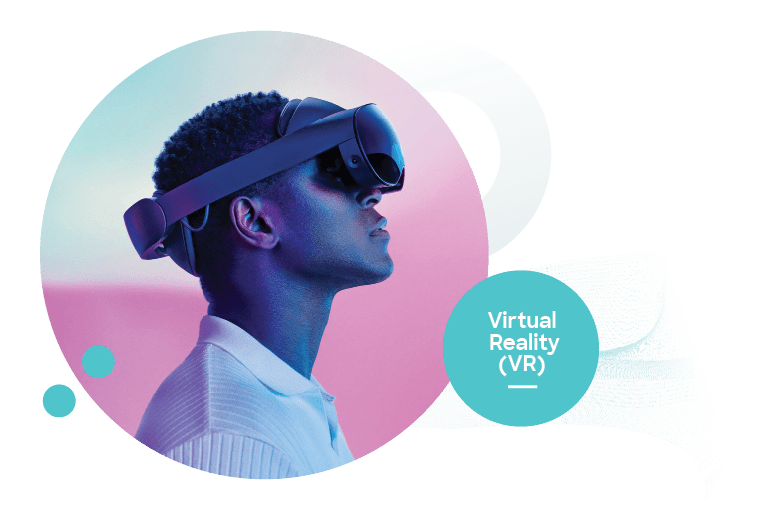
- Virtual Reality (VR) uses headsets like the Meta Quest Pro to transport you into computer-generated worlds, immersing you in engaging and life-like experiences where objects and scenery feel real. Imagine sitting in your living room and appearing as an avatar in a team meeting where you can converse and interact with colleagues as if they were in the room with you.
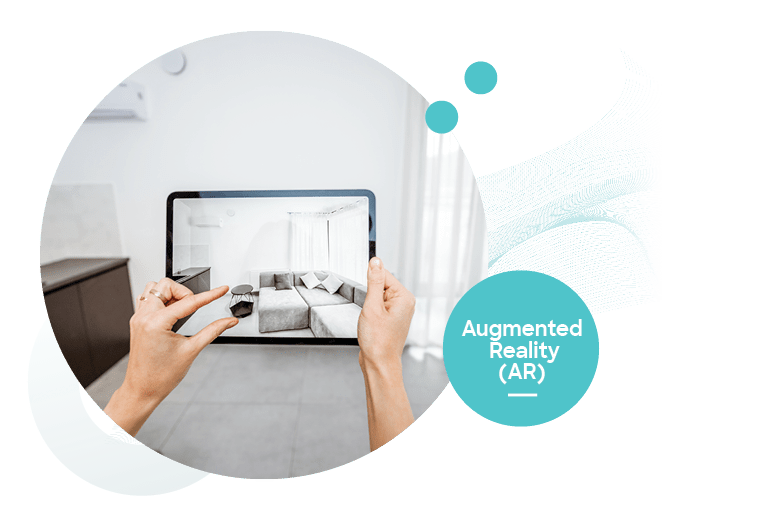
- Augmented Reality (AR) enhances real-world experiences by overlaying digital information and objects in your physical surroundings that you can see but can’t interact with. Think about online shopping and superimposing a virtual couch in your living room to see if it fits the space and aesthetic before buying it.
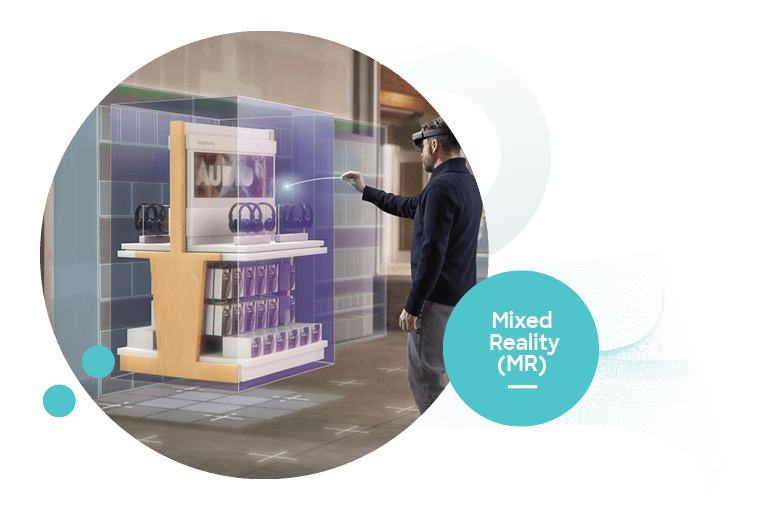
- Mixed Reality (MR) merges real and virtual worlds, allowing you to interact with digital content while being aware of your physical environment. It’s a more advanced version of AR that enables you to bring virtual objects into your space, interact with them and make them part of your everyday life. MR also requires a headset and can be used for more advanced training where students learn while interacting.
Why is XR Driving Growth?
XR is no longer just about gaming and entertainment; it’s a powerful tool transforming how companies work, learn, create, and collaborate. A 2023 PwC Report titled ‘Seeing is Believing’, shows that XR has the potential to drive current GDP growth from $46.6 billion to $1.5 Trillion by 2030, which will only rise with new complimentary technologies like AI.
XR represents a significant opportunity for organisations to create value and reduce costs by improving training, reducing risk, speeding up production design and delivery, and creating new revenue streams. The business benefits are far richer and more attractive today than ever before and are predicted to contribute to five main categories in particular:
- XR in Product and Service Development to boost GDP by $359.4 billion
- XR in Healthcare to boost GDP by $250.9 billion
- XR in Development and Training to boost GDP by $294.2 billion
- XR in Process Improvement to boost GDP by $275 billion
- XR in Retail and Consumer to boost GDP by $204 billion
XR isn’t just limited to the above; it will benefit a variety of different industries in several different ways most have yet to learn about. A few years ago, it seemed out of reach for many, but now with higher adoption and cheaper hardware and software, it will transform how we work, engage, and grow revenue, helping organisations create a key point of difference and competitive advantage.
Let’s look at some use cases.
Applying Immersive Technology at Work
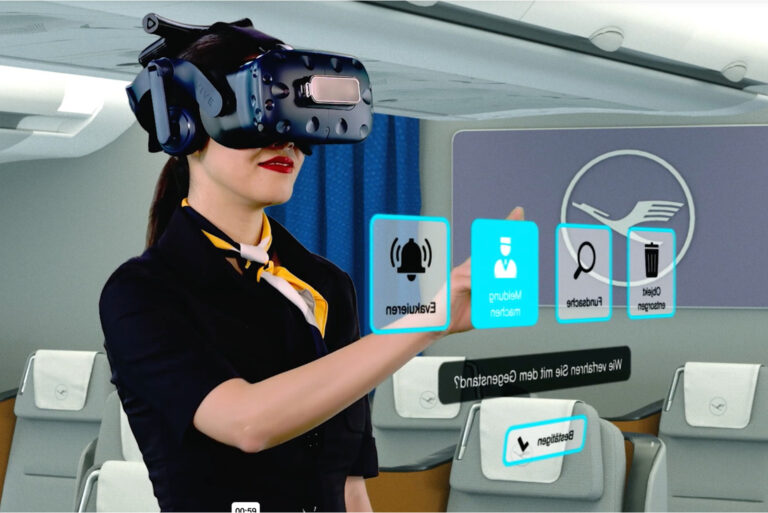
XR for Immersive Learning and Training
Fight attendants responsible for ensuring passenger safety and comfort can now undergo training in a virtual aircraft cabin, simulating scenarios like emergency procedures, passenger interactions, and service protocols. The immersive training experience allows them to practice critical skills, enhance decision-making, and build confidence in a realistic yet risk-free environment. Lufthansa Airlines have trained over 20,000 + flight attendants a year this way and are the first VR training approved by the German Federal Aviation Authority.
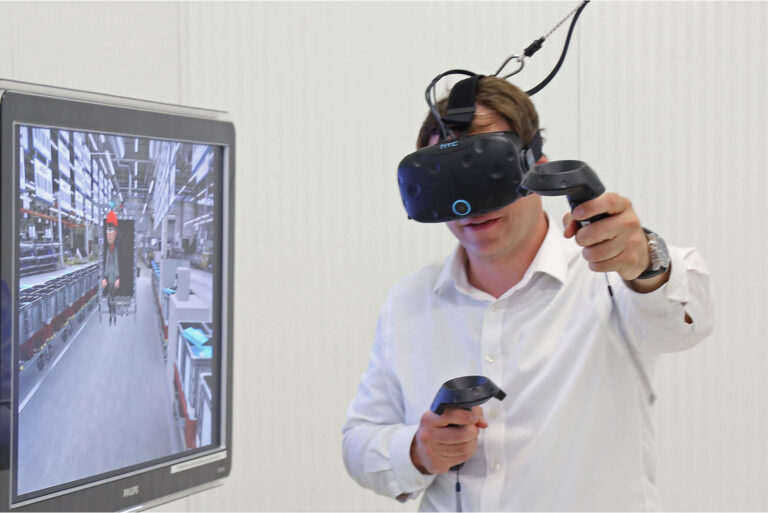
XR for Remote Collaboration
Cross-functional teams for global car manufacturing companies can now virtually work on production and logistics optimisation. Collaborating with colleagues from different brands or sites in the past meant time-consuming travel or lengthy coordination efforts. But now, with the power of Virtual Reality (VR), it’s possible to collaborate from anywhere with a headset on. Volkswagen’s Digital Reality Hub is a leader in this space. They have designed virtual reality logistics training, virtual workshops and given their employees the ability to access virtual support from experts. The company has created the perfect conditions for cross-brand and cross-site collaboration using VR technology.
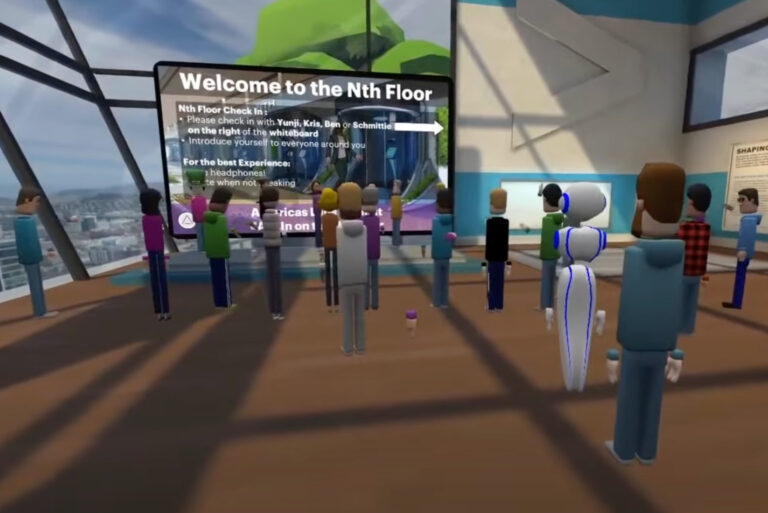
XR for Onboarding and Company Culture
New employees at Accenture no longer need to attend the office on their first day but instead are greeted with a unique and immersive Mixed Reality (MR) experience called the Nth floor. Employees explore a digital twin of the company’s headquarters, where they interact with virtual mentors and colleagues. They can attend virtual team-building activities, virtual training, and team meetings and experience the company’s culture and values firsthand. The enriched onboarding experience helps employees quickly assimilate into the company and create a sense of belonging and connection from day one.
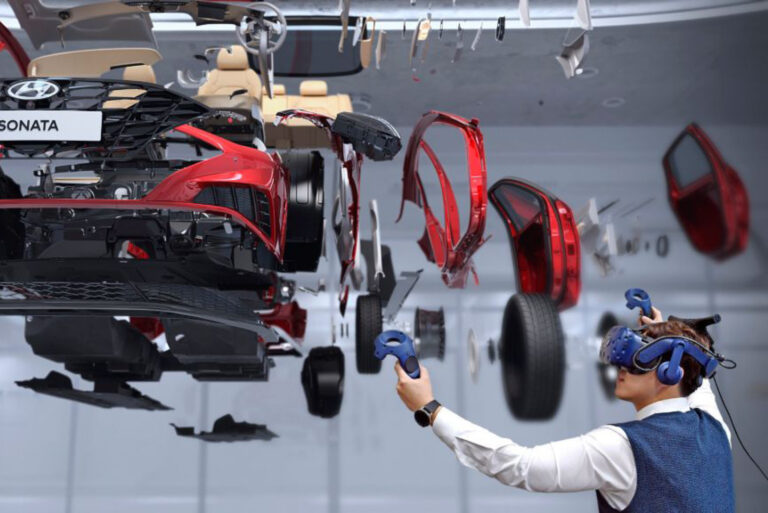
XR for Innovation and Creativity
Engineers at Hyundai or Kia, can now work closely with designers across the globe through their innovative VR design evaluation system. Twenty people can participate simultaneously in real-time, giving feedback on products they can see and touch that hasn’t been built yet. This allows designers to review design concepts more effectively by simulating interior and exterior design elements like lighting, colours and materials and assess the quality verification process. These companies expect to reduce vehicle development times by 20% and development costs by 15%.
As you can see, the sky is the limit regarding immersive technology, but many still remain skeptical. Why?
Making Moves with XR: Where to from here?
The landscape of immersive technology has undergone a significant transformation in recent years, shifting from gamification to becoming an essential component of the future of work. Accenture, Kia, and Volkswagen demonstrate their potential, yet despite these advancements, many leaders hesitate to embrace XR’s potential for the future of work. This hesitation, however, stems more from fear of the unknown rather than limitations in what’s possible.
Only a short time ago, XR seemed beyond the reach of most, perceived as experimental, cumbersome, and exclusive to big-budget players. However, this is no longer the case. Both large and small organisations now have the opportunity to build and manage immersive technology within their operations. XR hardware and software have become more affordable, accessible, and user-friendly, opening doors to many real-world applications across learning and development, remote collaboration, onboarding, culture, innovation, and creativity, effectively driving engagement and growth.
The possibilities presented by immersive technology are exciting, yet it can also evoke a sense of trepidation. Standing on the precipice of a new tech era that will fundamentally change how we work can be intimidating and scary. Many leaders feel out of their depth and need help knowing where to begin.
Whether you feel prepared or uncertain, the market for immersive technologies like VR, AR and MR is set to boom. Now is the perfect time to explore how leveraging XR can help drive significant business value and give you a competitive advantage. You don’t need to be an expert or know precisely where to begin, but you do need to make a start.
Ready to Start your Future of Work Journey?
Whether you are just starting out with XR or looking to scale, consider consulting a partner like Enablo. Our Future of Work Blueprint is perfect for organisations taking their first steps in immersive technology. We can help you identify your unique goals and objectives, build a business case, and create a roadmap for adoption to maximise impact while reducing investment risk.
Already started with XR? We can help you scale from a proof of concept, further embedding XR’s value throughout your organisation.
Keen to know more? Visit our new Future of Work Website for more details.
